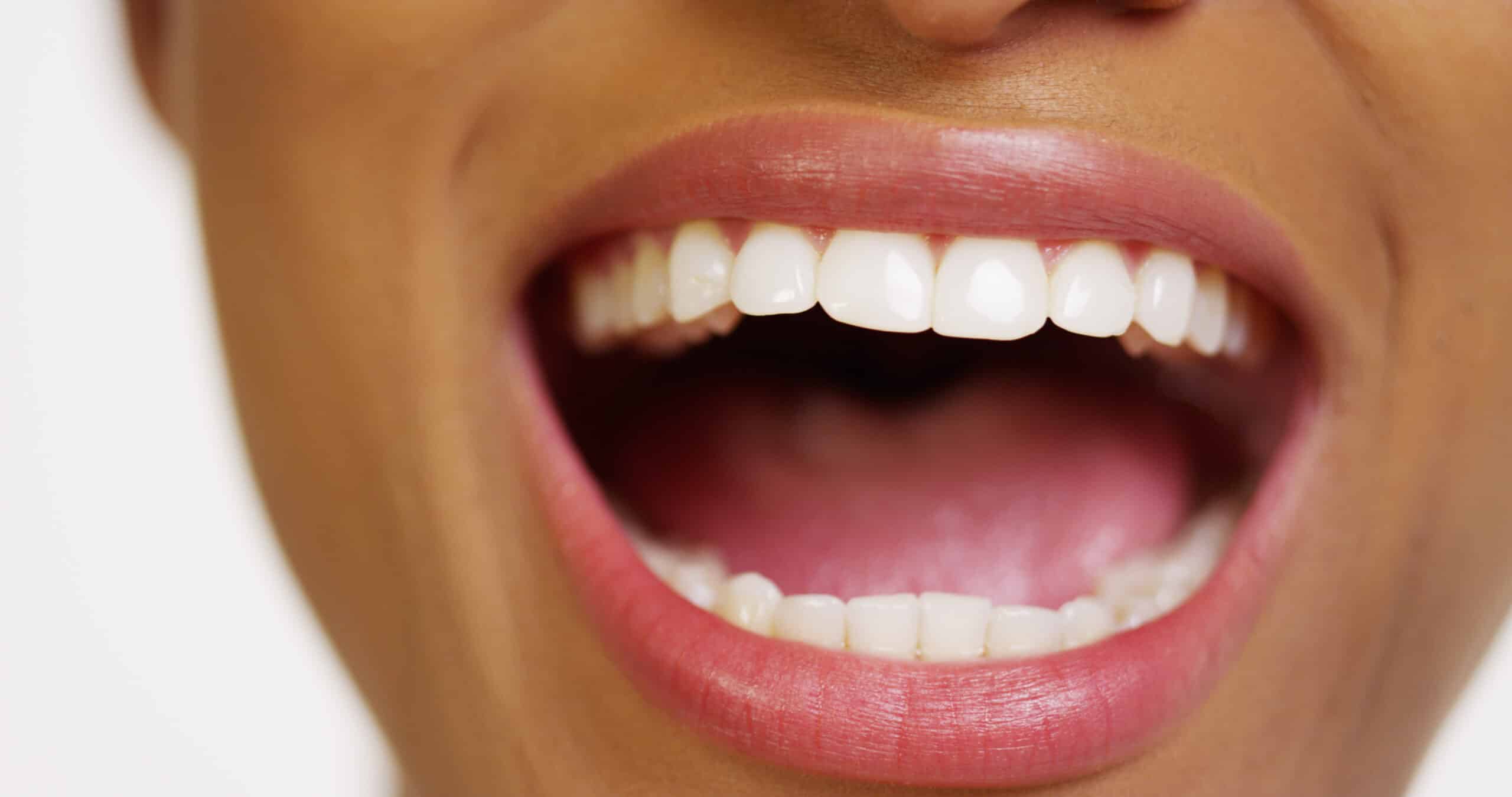Testing saliva for sex hormones is offered to diagnose and monitor deficiencies and treatments. Thus, it is well established that sex hormones are readily measurable in the mouth. A review “Sex Steroid Hormones as a Balancing Factor in Oral Host Microbiome Interactions” published by Pilar Cornejo Ulloa et al in Frontiers in Cellular and infection Microbiology, September 29, 2021, gathers studies with the intention to tease out the dance between hormones and the oral microbiome.
In the absence of vitamin K, estradiol and progesterone can provide growth factors for certain bacterial species. Increased production of protein and polysaccharides with estradiol could contribute to microbial biofilms. Several species demonstrate the ability to convert 4-androstenedione to testosterone and dihydrotestosterone, by producing the enzymes needed for these conversions.
An organism, Treponema denticola, present in oral biofilms can convert testosterone to dihydrotestosterone and can be inhibited by adequate progesterone levels in the plasma.
In cultures, Streptococcus mutans, a cavity-producing microorganism, demonstrated the ability to metabolize progesterone and testosterone.
Candida have binding sites for estradiol and progesterone. Estradiol can promote the formation of hyphae, the form of candida that invades the tissue. Progesterone can inhibit the formation of biofilms and colonization.
Some studies have looked at variations in the oral microbiome during female fluctuations in hormones. A greater diversity of bacteria occurs during the luteal phase of the menstrual cycle. Variations in the growth of certain species increase during pregnancy and drop off at delivery. Candida can flourish during the last two trimesters of pregnancy. It has been hypothesized that this hormone abundant period contributes to gingivitis experienced during pregnancy
Polycystic Ovary Disease is associated with a high prevalence of periodontic disease. However, there are few studies available, to pinpoint the microbiome changes.
Oral contraceptive use leads to an increased incidence of periodontal disease and the growth of candida.
The authors hypothesize that sex hormones in the saliva affect shifts in the bacteria in the oral microbiome and various organisms in turn can modulate hormone concentrations to their own use.
Their conclusion is: “There is an active and bidirectional interaction between the host and its microbiome, mediated by the sex steroid hormones”
We have much to learn to support a healthy oral microbiome, which is also reliant on the larger gastrointestinal microbiome. Hormone balance may be a contributor to the diversity and health of oral microbes. But the reverse may also hold. Serious hormone imbalances may be illustrated when you open your mouth and say “ah”.




